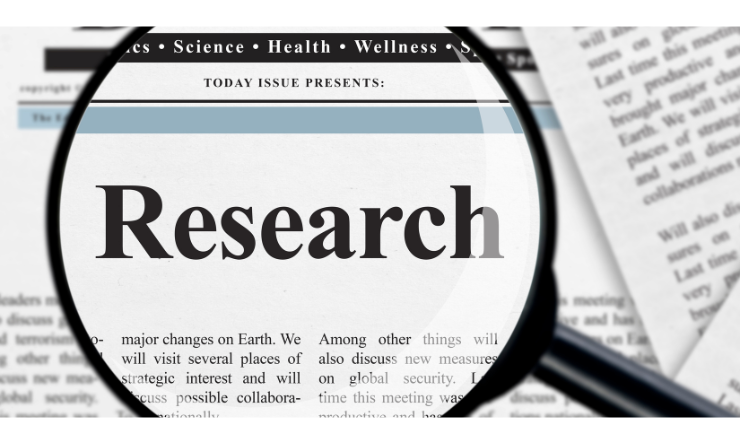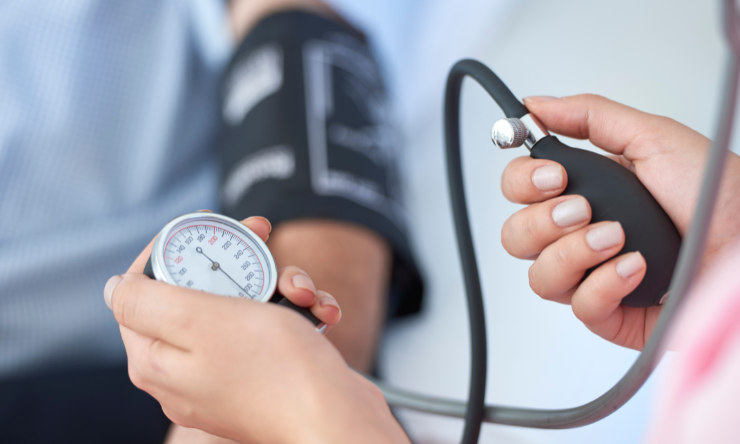Share
In today’s society, we are now living much longer than our ancestors. However, as we age the chance of us to be diagnosed with one or more age-related diseases is also higher. Some of these include cardiovascular diseases, cancers, diabetes, dementia, and eye diseases such as cataract, age-related macular degeneration and glaucoma.

More definitive diagnoses of diseases often require examinations of physiological parameters such as blood, urine, saliva or tears. Scientists have been trying to develop contact lenses so they can directly detect biomarkers found in tears due to its non-invasiveness. Until now they have not been very successful. However, the wait is finally over as a group from Korea (Kim et al., 2017) developed “transparent and stretchable, multifunctional sensors on wearable soft contact lenses for the wireless detection of glucose and intraocular pressure”. A first of its kind!
How It Works
The new lens can measure glucose levels within tears, as well as intraocular pressure using the resistance and capacitance of the electronic device. The lens is stretchable and the electronic device’s components are transparent, with a slightly visible spiral antenna. There is no battery and all data is transmitted wirelessly. The lenses appear to be safe as they were tested in vivo (i.e. in a living organism) on a rabbit and in vitro (i.e. in glass) on bovine eyes. It is now just a matter of time for clinical trials to take place on humans.
This development is great news for people who have diabetes and/or glaucoma as glucose levels in tears and intraocular pressure can be measured continuously. Diabetic patients may no longer have to use the painful pinprick method to measure blood glucose. Glaucoma patients may no longer have to visit their ophthalmologists to measure their intraocular pressure.


